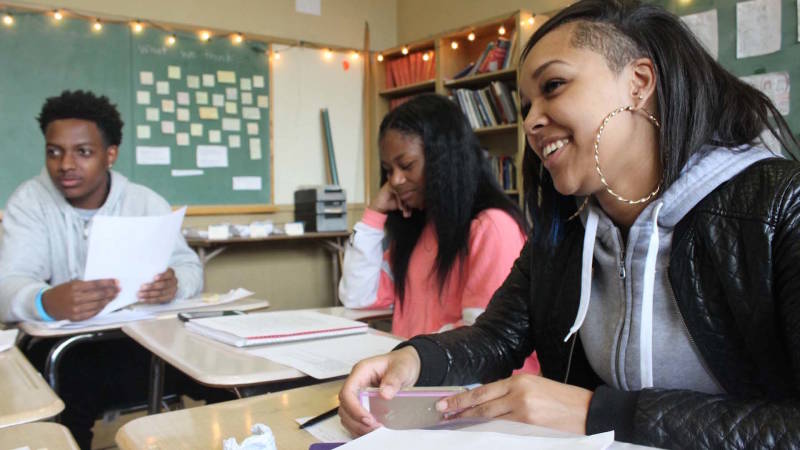Ask “what role should emotions play in critical thinking?” and you get an unsurprising response from almost everywhere: They shouldn’t. This response comes from a wide variety of sources ranging from Internet crowdsourcing favorite Yahoo Answers – “emotion severely HAMPERS the critical thinking process as it clouds our judgment to fact and reason” to the Academic Journal Teaching of Psychology – “critical thinking avoids emotions and emotional reasoning.” Recently, I have questioned this view that feelings have no place in critical thinking.
In the fall, a beginning teacher asked me why emotions didn’t belong in the critical thinking process and I couldn’t come up with an answer I actually stood behind. The more I thought about it, the more I realized that I didn’t see emotions and critical thinking as two planets orbiting different suns. In fact, often critically thinking about an issue leads us to have big feelings about the issue. The reverse is true as well. Big feelings often lead us to think critically about an issue. So, feelings and thinking are very connected. This connection was on display in my classroom throughout a debate and writing assignment on Felon Disenfranchisement. Emotions played a central role in framing the debate and contributing to the students engagement with the issue.
Earlier this year, during a unit on voting, my class looked at this blog post from KQED’s The Lowdown titled States Where Felons Can’t Vote. The students quickly noticed that the rules about felon voting vary significantly from state to state. For example, Maine lets felons vote even while they are in prison while Florida denies the vote to prisoners, parolees, probationers, and ex-felons. My students asked great questions, “Can ex-felons from Arizona just move to Illinois so their right to vote will be restored?” And they gave great responses, “Well, only if you, as an ex-felon, have the money to move across the country and are willing to leave your family and community. Seems like doing too much for a chance to vote.” This discussion led into table debates on the topic “Should there be a national law banning felon disenfranchisement?”
I love this debate lesson and do it almost every year. This year I updated this lesson with my new focus on asset-based thinking strategies that I outlined in a previous post, structuring the lesson with these strategies in mind: A) supporting claims with evidence, B) considering different viewpoints and perspectives, and C) wondering and asking thoughtful questions. Interestingly, as the debate unfolded, I noticed that a completely different thinking strategy came to dominate my students approach – identifying patterns and themes. While they certainly used strategies like asking thoughtful questions and considering different viewpoints, they were most engaged in the process of unearthing key themes such as how it felt to be prohibited from voting, or how it felt to have someone who has broken the social contract vote within your community. And this strategy, this way of thinking, emerged from my students’ emotional engagement with the topic.
It took me a while to catch what they had done. The students framed a very academic debate about voting rights through the lens of teenage emotions and feelings. Specifically, the feeling of being “left out” or excluded and the feeling of being “betrayed.”
